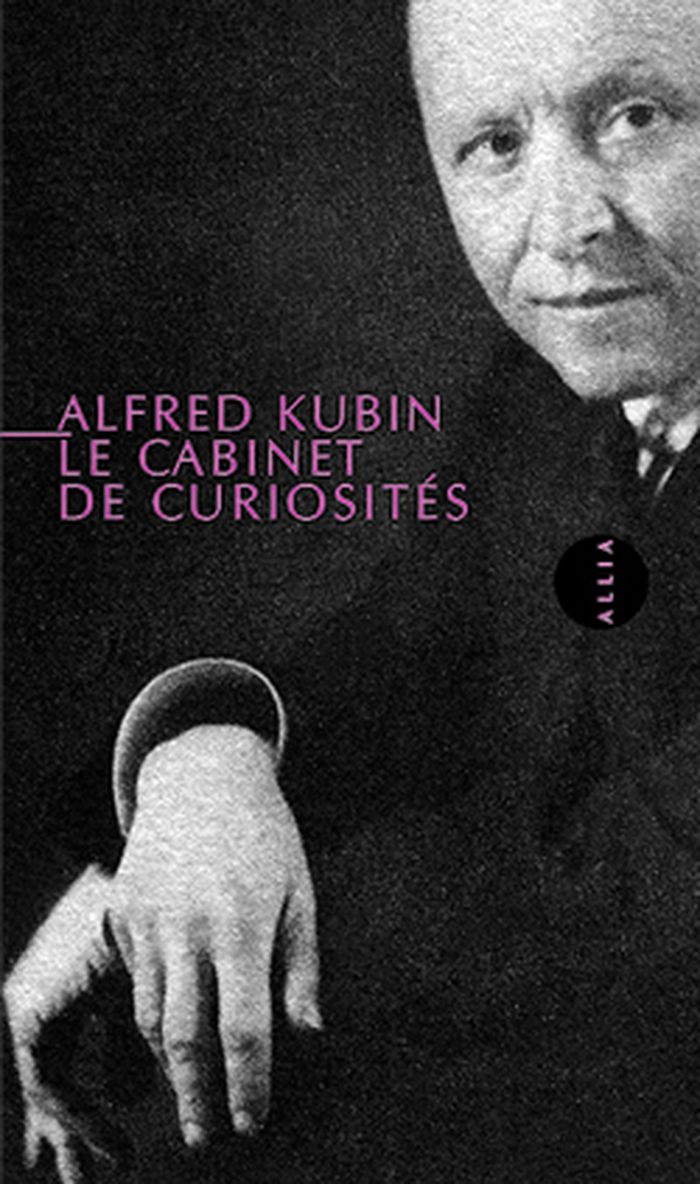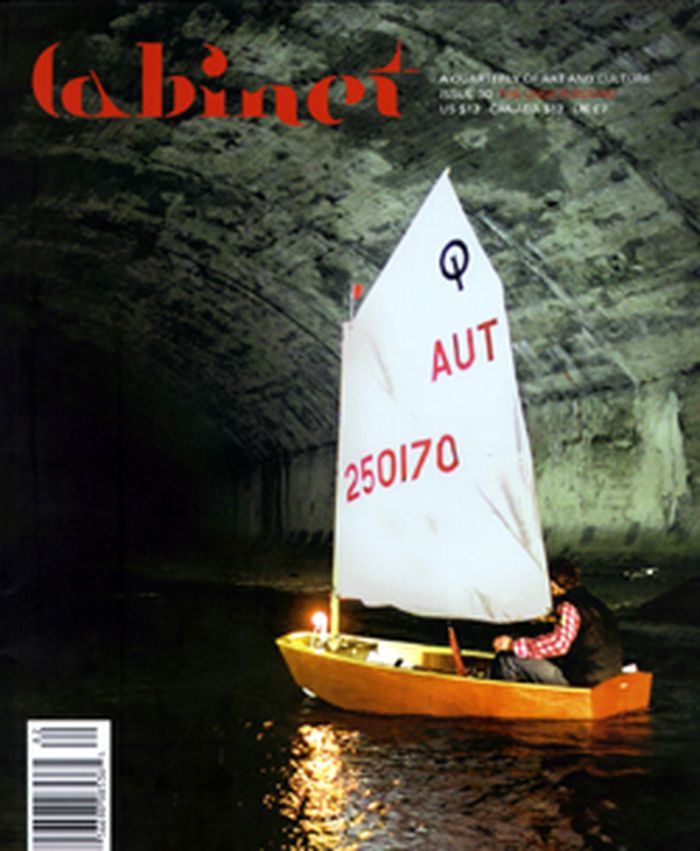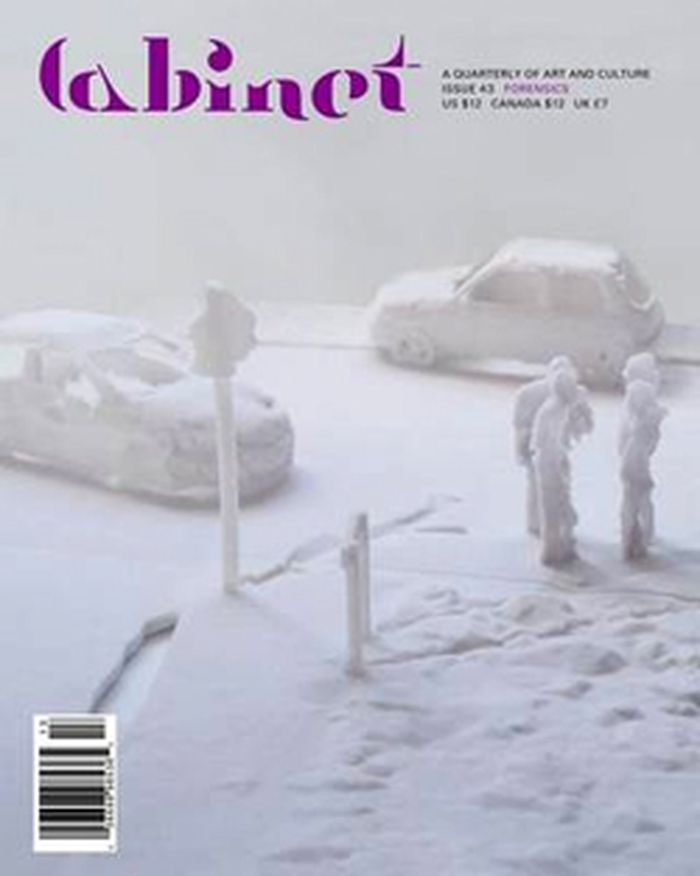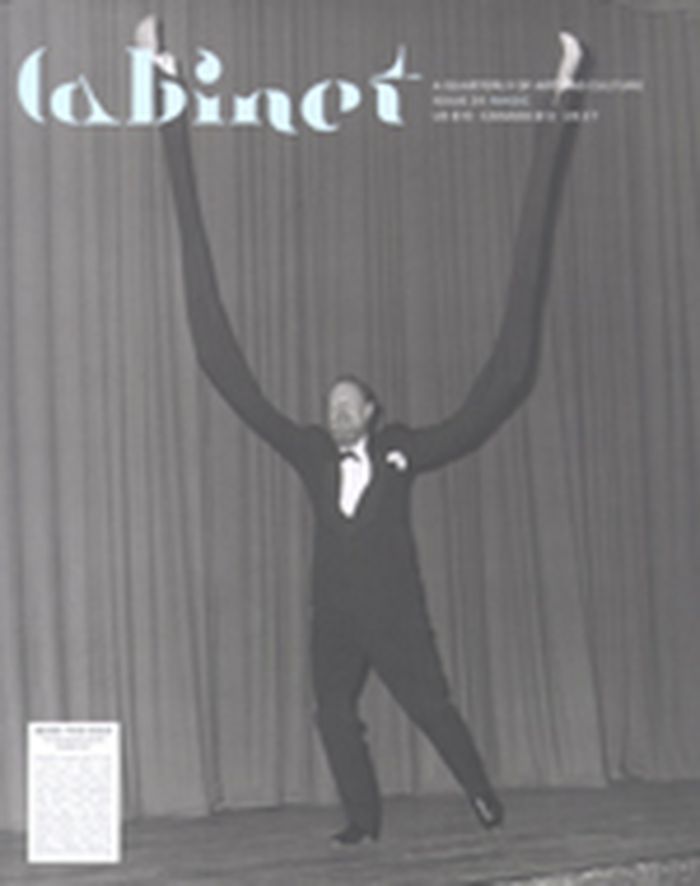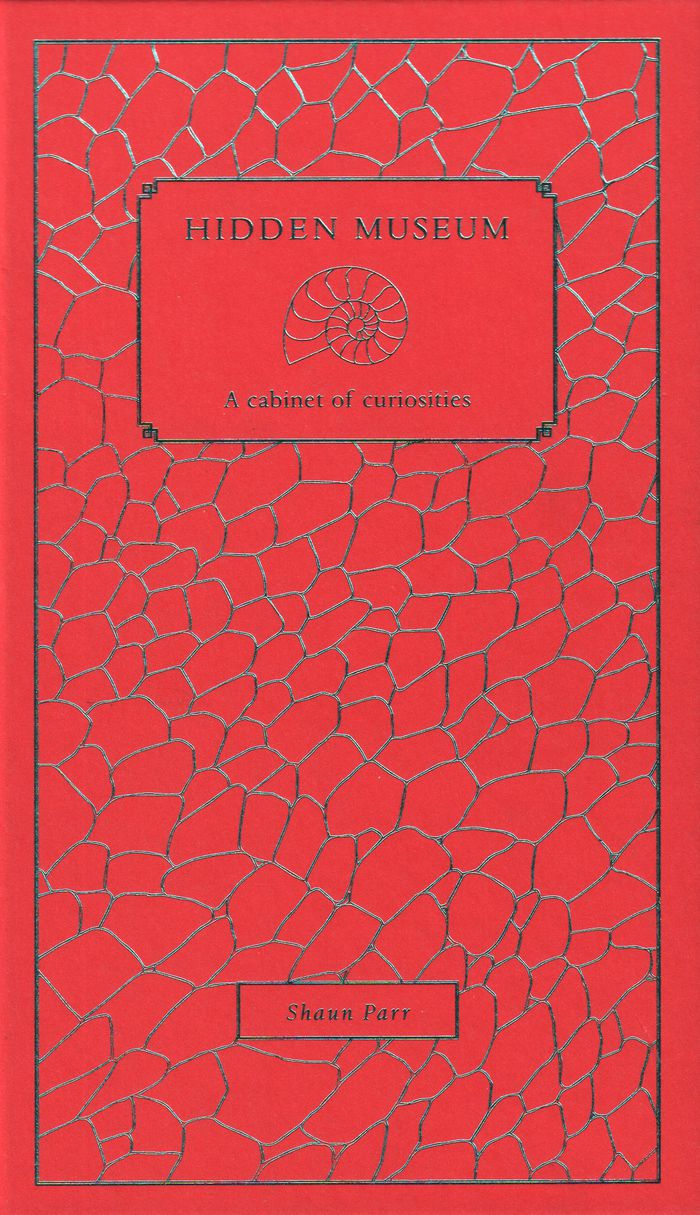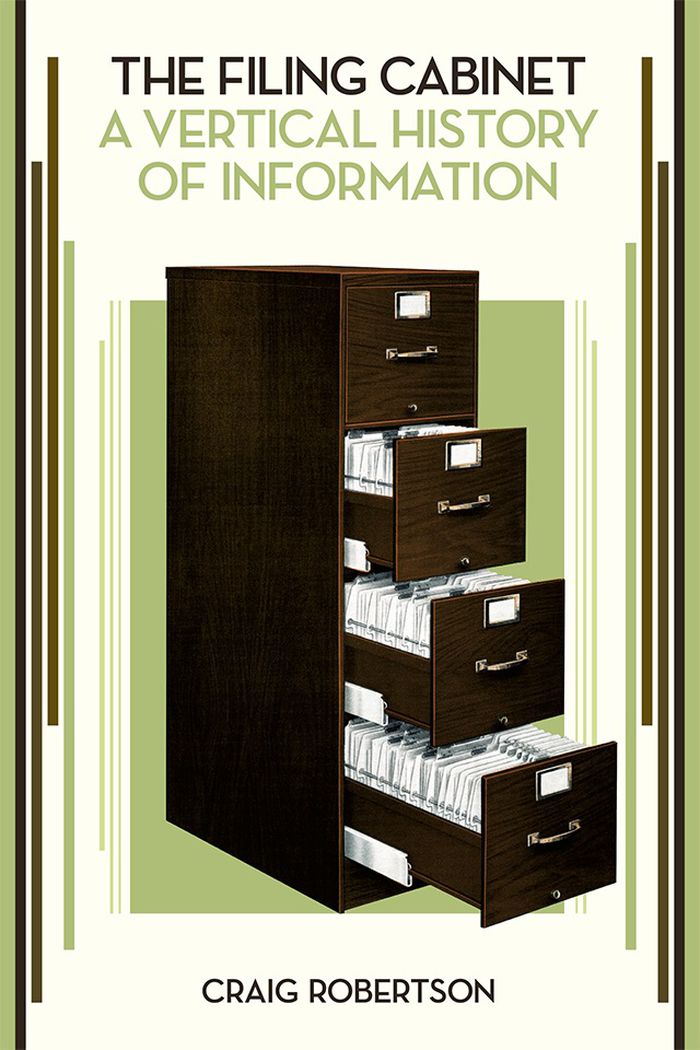livres
Description:
223 pages : illustrations ; 24 cm.
Berlin : Lukas, 2013., ©2013
Residenz der Musen : das barocke Schloss als Wissensraum / Berthold Heinecke, Hole Rössler, Flemming Schock (Hg.).
Actions:
Exemplaires:
Description:
223 pages : illustrations ; 24 cm.
livres
Berlin : Lukas, 2013., ©2013
$10.95
(disponible sur commande)
Résumé:
“Je suis l’organisateur de l’incertain, du tremblant, de la pénombre, de l’onirique”, écrivait Kubin (1877-1959). L’œuvre littéraire de Kubin, plus connu comme peintre et dessinateur dans la lignée de Füssli, Goya ou Munch, se compose du roman L’Autre Côté et des nouvelles du Cabinet de curiosités, également illustrées de ses dessins. Inédites en français, ces histoires(...)
Alfred Kubin : le cabinet de curiosités
Actions:
Prix:
$10.95
(disponible sur commande)
Résumé:
“Je suis l’organisateur de l’incertain, du tremblant, de la pénombre, de l’onirique”, écrivait Kubin (1877-1959). L’œuvre littéraire de Kubin, plus connu comme peintre et dessinateur dans la lignée de Füssli, Goya ou Munch, se compose du roman L’Autre Côté et des nouvelles du Cabinet de curiosités, également illustrées de ses dessins. Inédites en français, ces histoires au contenu inquiétant, parfois ésotérique, témoignent d’une même invention et d’un même sens de l’humour noir que L’Autre Côté.
Histoire jusqu’à 1900
Cabinet 30: The Underground
$13.00
(disponible en magasin)
Résumé:
Site of hidden infrastructure, source of material and energy, home to clandestine activity, buried landscape of darkness and silence: the physical and emotional space of the underground is at once prosaic and uncanny, rich with both functional potential and metaphorical meaning. Cabinet issue 30, with its special section on The Underground, features Irene Cheng on Thomas(...)
Cabinet 30: The Underground
Actions:
Prix:
$13.00
(disponible en magasin)
Résumé:
Site of hidden infrastructure, source of material and energy, home to clandestine activity, buried landscape of darkness and silence: the physical and emotional space of the underground is at once prosaic and uncanny, rich with both functional potential and metaphorical meaning. Cabinet issue 30, with its special section on The Underground, features Irene Cheng on Thomas W. Knox's 1876 book Underground, or Life Below the Surface and the vogue for underground tourism; an interview with Michel Siffre, a scientist who spent six months isolated in utter darkness in a cave; Jeffrey Kastner on the metaphor of the mole in revolutionary texts; and essays on the evolution of the mining industry, subterranean storage and political resistance movements. Elsewhere in the issue: Christopher Turner on the history of Day-glo; Christine Wertheim on the fabricated Australian Modernist poet Ern Malley; Tirdad Zolghadr on in-flight magazines; and Moyra Davey on the color maroon. This issue also features artist projects by Josiah McElheny and San Keller.
Revues
Cabinet issue 43: forensics
$13.00
(disponible en magasin)
Résumé:
Derived from the Latin "forensis," the word forensics refers to the "forum" and designates the practice of making an argument by using objects before a professional, political or legal gathering. Cabinet issue 43, with a special section on "Forensics" edited by Eyal Weizman, features Weizman on the changing role of forensics following the discovery of the body of Nazi war(...)
Cabinet issue 43: forensics
Actions:
Prix:
$13.00
(disponible en magasin)
Résumé:
Derived from the Latin "forensis," the word forensics refers to the "forum" and designates the practice of making an argument by using objects before a professional, political or legal gathering. Cabinet issue 43, with a special section on "Forensics" edited by Eyal Weizman, features Weizman on the changing role of forensics following the discovery of the body of Nazi war criminal Josef Mengele; Lawrence abu-Hamdan on the use by the British police of minute shifts in electrical signatures to precisely date recorded phone conversations; an interview with legendary forensic anthropologist Clyde Snow; and artist projects by Hito Steyerl and Fareed Armaly. Elsewhere in the issue: Rachel Berwick on "zugunrühe," a term coined in the 1950s to describe the phenomenon of nighttime restlessness of birds about to migrate; D. Graham Burnett and Sal Randolph's guide to identifying paper shredder patterns in order to reassemble destroyed documents; an artist project by Amie Siegel; and much more.
Revues
Cabinet 26 : magic
$12.00
(disponible sur commande)
Résumé:
"Secular magic," in the words of historian Simon During, is a category designed to differentiate the activity of the modern stage magician from the classical alchemist or occultist. Yet an appraisal of these non-supernatural forms of magical entertainment nevertheless provides the chance to trace the complex network of social and cultural forms to which secular magic owes(...)
Cabinet 26 : magic
Actions:
Prix:
$12.00
(disponible sur commande)
Résumé:
"Secular magic," in the words of historian Simon During, is a category designed to differentiate the activity of the modern stage magician from the classical alchemist or occultist. Yet an appraisal of these non-supernatural forms of magical entertainment nevertheless provides the chance to trace the complex network of social and cultural forms to which secular magic owes a debt - from pioneering theatrical devices, novel approaches to stagecraft, and the harnessing of scientific principles in the service of trickery to modes of discourse and performance that draw heavily upon traditional religious, folkloric or shamanic prototypes. Guest-edited by London artist and critic Jonathan Allen, Cabinet 26 features Allen on magic and warfare; Alexander Nagel on the history of images in magic; Yvonne Chireau on the legendary conjuror "Black Herman" and the connections between African-American stage magic and African religious traditions; and conversations between Simon During and scholar and author Marina Warner, and between artist Sally O'Reilly and Ian Saville, the "Socialist Magician." Also : Amelie Hastie on eating at the movies; George Prochnik on Freud's porcupine; Brian Dillon on Albert Bacon's gesture guide for orators; Tim Davis on the color Olive and; a new Implicasphere insert focused on Stripes.
Revues
périodiques
$12.00
(disponible sur commande)
Résumé:
Cabinet is an award-winning quarterly magazine of art and culture that confounds expectations of what is typically meant by the words "art," "culture," and sometimes even "magazine." Like the 17th-century cabinet of curiosities to which its name alludes, Cabinet is as interested in the margins of culture as its center. Presenting wide-ranging, multi-disciplinary content(...)
Cabinet 12: the enemy, fall 2003 - winter 2004
Actions:
Prix:
$12.00
(disponible sur commande)
Résumé:
Cabinet is an award-winning quarterly magazine of art and culture that confounds expectations of what is typically meant by the words "art," "culture," and sometimes even "magazine." Like the 17th-century cabinet of curiosities to which its name alludes, Cabinet is as interested in the margins of culture as its center. Presenting wide-ranging, multi-disciplinary content in each issue through the varied formats of regular columns, essays, interviews, and special artist projects, Cabinet's hybrid sensibility merges the popular appeal of an arts periodical, the visually engaging style of a design magazine, and the in-depth exploration of a scholarly journal. Playful and serious, exuberant and committed, Cabinet's omnivorous appetite for understanding the world makes each of its issues a valuable sourcebook of ideas for a wide range of readers, from artists and designers to scientists and historians. In an age of increasing specialization, Cabinet looks to previous models of the well-rounded thinker to forge a new type of magazine for the intellectually curious reader of the future.
périodiques
février 2004, New York
Revues
$21.95
(disponible sur commande)
Résumé:
"Hidden museum" presents a cabinet of curiosities—from scientific specimens to antique "objet d’art". Behind each intricate illustration in red hides another illustration in blue, which reveals the true nature of the item. Wave the red cellophane magnifying glass over the rock to reveal the geode beneath, or the skull behind the head of the bird. An index at the back(...)
Hidden museum: a cabinet of curiosities
Actions:
Prix:
$21.95
(disponible sur commande)
Résumé:
"Hidden museum" presents a cabinet of curiosities—from scientific specimens to antique "objet d’art". Behind each intricate illustration in red hides another illustration in blue, which reveals the true nature of the item. Wave the red cellophane magnifying glass over the rock to reveal the geode beneath, or the skull behind the head of the bird. An index at the back explains the scientific significance of each object.
Illustration
livres
Description:
224 pages ; 23 cm
Paris : A. Picard, 1881.
Catalogue de la collection de pièces sur les beaux-arts imprimées et manuscrites : recueillie par Pierre-Jean Mariette, Charles-Nicolas Cochin et M. Deloynes, auditeur des Comptes, et acquise récemment par le département des Estampes de la Bibliothèque nationale / par Georges Duplessis.
Actions:
Exemplaires:
Description:
224 pages ; 23 cm
livres
Paris : A. Picard, 1881.
$38.99
(disponible sur commande)
Résumé:
Robertson’s unconventional history of the origins of the information age posits the filing cabinet as an information storage container, an 'automatic memory' machine that contributed to a new type of information labor privileging manual dexterity over mental deliberation. Gendered assumptions about women’s nimble fingers helped to naturalize the changes that brought(...)
The filing cabinet: a vertical history of information
Actions:
Prix:
$38.99
(disponible sur commande)
Résumé:
Robertson’s unconventional history of the origins of the information age posits the filing cabinet as an information storage container, an 'automatic memory' machine that contributed to a new type of information labor privileging manual dexterity over mental deliberation. Gendered assumptions about women’s nimble fingers helped to naturalize the changes that brought women into the workforce as low-level clerical workers. The filing cabinet emerges from this unexpected account as a sophisticated piece of information technology and a site of gendered labor that with its folders, files, and tabs continues to shape how we interact with information and data in today’s digital world.
Théorie du design
vidéo
Description:
1 streaming video file (13 min., 23 sec.) : sound, colour
[Montréal] : CCA, [2012]
Sina Najafi in the CCA's Prints and Drawings vault.
Actions:
Exemplaires:
Description:
1 streaming video file (13 min., 23 sec.) : sound, colour
vidéo
[Montréal] : CCA, [2012]
